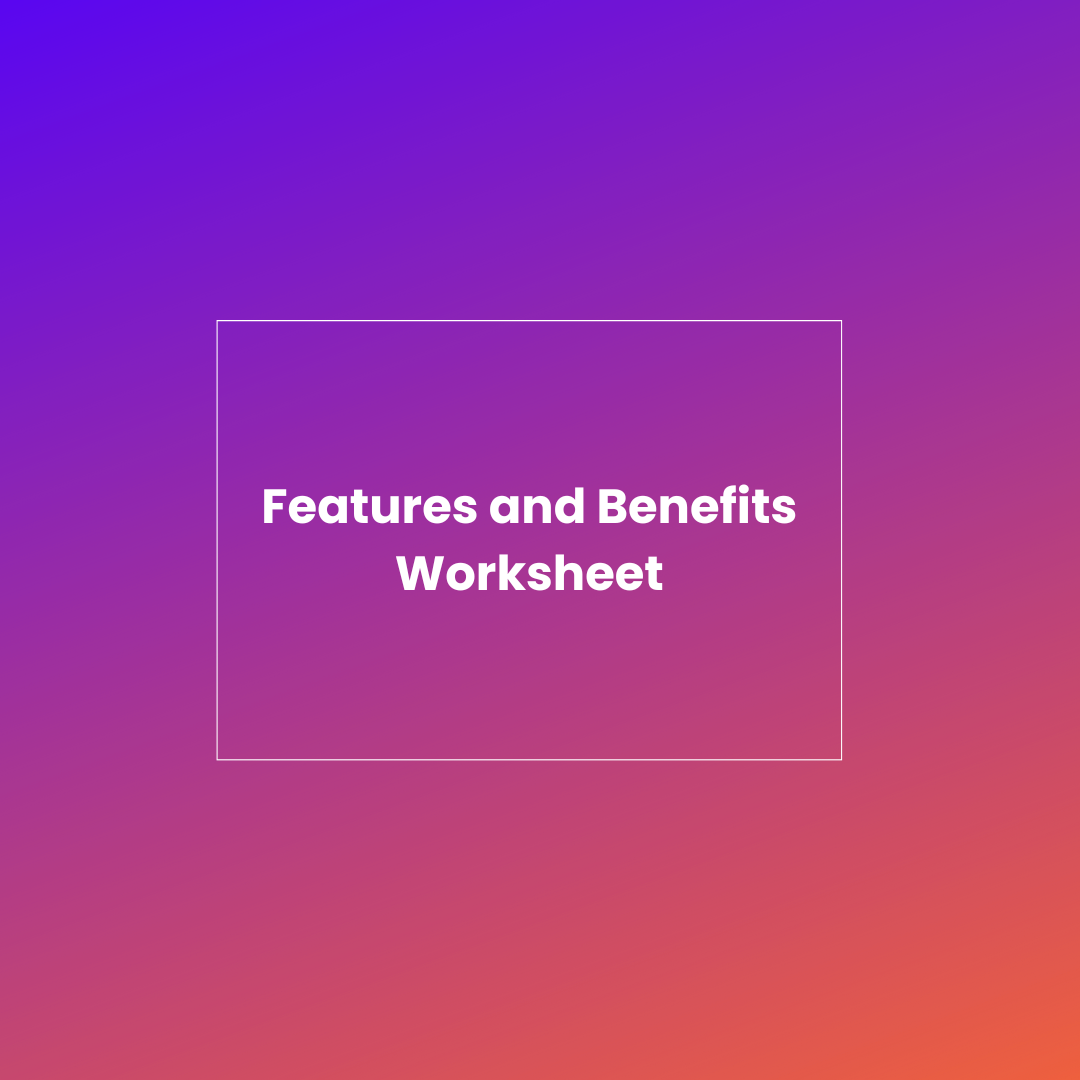Your Quarterly Content Calendar Template
When tasked with creating a content calendar for the first time, you might think about an actual calendar with a square for each day of the month. Or, you might picture a complicated project management board.
Neither of these are necessary. With a few supporting details, you can create a simple spreadsheet that works just fine.
The goal of this article is to build your calendar as quickly as possible so you can focus your time and energy on the quality of what you’re saying.
You don’t need to be strategic about how and when you post - save your strategic mind for content ideation and content strategy.
Understand the elements of a content calendar
Before we get into the template, let’s talk about the building blocks of a content calendar - content type, buyer journey phase, quarterly theme, publishing cadence.
Content Type
A content type (or medium) is related to the channel you’re using or the type of web page you’re producing. Here is a typical set of content types:
Case Study
Blog post
Resource page
Landing page
Product/service page
Infographic
Social media post
Email
Ad
Buyer Journey
Next, think of your customer journey. You should understand which types of content people read throughout each phase of the marketing funnel.
Awareness phase - With no buying intent, this content serves your persona in a broad sense. It might be industry news, general advice, or entertainment.
Consideration phase - In this phase, a buyer is looking at types of solutions. They haven’t settled on your exact offering, but are looking at alternatives. For example, if you sell an online cooking course, buyers might be looking at in-person classes or books for beginners.
Decision phase - At this point, your buyer is comparing you to your competitors and ready to purchase. You can zero in on your solutions and their differentiators.
Quarterly Theme
Now, consider your company goals for the quarter and how your content will support. Here are some examples:
Drive more pipeline (high-funnel content)
Grow a specific product (focus on that product’s personas)
Support a seasonal campaign
Now, you can build a calendar where all (or most) content supports this goal.
Publishing Cadence
Finally, it’s time to establish your publishing cadence.
You might ask - “Does Google really care about your publishing schedules? Do your subscribers really care?
If you don’t have people checking your site frequently for updates, then you probably don’t need a strict schedule. That’s the case for most industries.
More importantly, establishing a publishing cadence is a way to push you forward and boost productivity.
You want to publish as much as resources allow, while still maintaining quality. That might be once a month or twice a week.
Create your quarterly content calendar.
Here’s an example of part of a content calendar I could create for Content Land. I chose 3 pieces of content/week, but you should choose a schedule that is manageable for you. Remember, a full quarter is around 13 weeks.
We’re not focused on the clunkiness of numbering dates - think weeks of the quarter and days of the week.
Example Quarterly Theme: Grow awareness for a product - Keyword Research Guide.
Now it’s your turn! Download this simple template to build your own.
Where do you go from here?
You might be wondering where the check list, author, and other details went - but I kept this template simple on purpose. Beyond the basic planning, you should rely on a project management tool to manage the details in a workflow.
For instance, you could use your initial template to create a series of tasks on a Trello board.
Next time you’re stuck on planning content for the upcoming months, try filling out the simple content calendar template above. You’d be surprised how many targeted ideas you can generate when you aren’t worrying about format!
Resources You Might Like:












